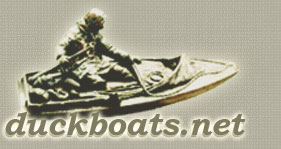Here's a few pictures of the hull. Tack welded forward on the longitudinals (18" from centerline) today. I have been using boat stands to put a bit of pressure on the bottom plates to get rid of any gaps under the longitudinals. Once they are tacked bow to stern I can start tacking all of the bulkheads and the transom in place. Then it will be time to figure out the fuel tank situation.
Hope all is well,
Neil
Long leads are a pain in the butt, until you need to reach something way up in the bow.

Working my way forward on the two longitudinals 18" from CL. The six bulkheads are notched so they drop into those two longitudinals. Then the outside longitudinals (32" from CL) drop into the bulkheads. You can see I haven't finished modifying the outside longitudinals. I am removing part of the tops of the lightning holes to open up the under deck storage. The tops of the bulkheads, deckplate, and cockpit coaming will provide plenty of rigidity.

Tack.


Moving forward.

Hope all is well,
Neil
Long leads are a pain in the butt, until you need to reach something way up in the bow.

Working my way forward on the two longitudinals 18" from CL. The six bulkheads are notched so they drop into those two longitudinals. Then the outside longitudinals (32" from CL) drop into the bulkheads. You can see I haven't finished modifying the outside longitudinals. I am removing part of the tops of the lightning holes to open up the under deck storage. The tops of the bulkheads, deckplate, and cockpit coaming will provide plenty of rigidity.

Tack.


Moving forward.





